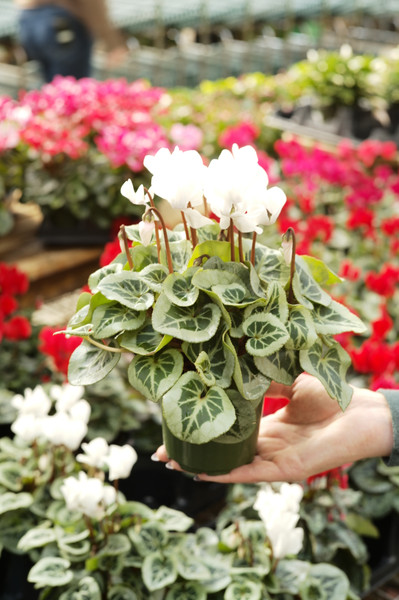Gaillardia
Posted by Jessie Jacobson on Jun 24th 2024
Gaillardia (Blanket Flower)
Attracting butterflies, bees, and birds, Gaillardia, commonly referred to as Blanket Flower, blooms with large daisy-like flowers in brilliant shades of red, orange, and yellow creating a blanket of color in the landscape. A member of the sunflower family, Asteraceae, blanket flower tolerates dry conditions, produces blooms from summer through fall, and is resistant to deer and rabbits.
Native to North and South America, Gaillardia does well in most well-draining soils, even soils considered poor quality. Since Gaillardia does well in poorer soils, annual fertilizing isn’t necessary. It thrives in full sun and once established can handle drought like conditions. Blanket flower is a prolific bloomer that does not require deadheading though deadheading will encourage additional blooms and keep the plant looking tidy. If the plant starts to decline in the heat of summer, just cut it back for replenished blooms in the fall. Gaillardia are generally easy plants to grow with few problems, but under certain circumstances they can develop powdery mildew, leaf spot, and occasionally asters yellow. Keep Gaillardia on the drier side and make sure there is good air flow to decrease the risk of fungal diseases. Without the use of pesticides, beneficial insects and ladybugs will visit to keep the asters yellow carrying leaf hoppers at bay.
Gaillardia’s showy flowerheads range in size from 2 to 4 inches in diameter. These stunning large, daisy-like blooms unfold in a myriad of colorful combinations of burgundy, orange, and yellow. As the flowers age, they form a fuzzy, globe-shaped head that is filled with seeds which are admired by hungry birds. It is wise to wear gloves when working around Gaillardia as it is slightly toxic to humans and can cause rashes when susceptible people come in direct contact. A few of Tonkadale’s favorite varieties include ‘Arizona Apricot’, Arizona Red Shades’, and ‘Goblin’.
Happy planting. See you at Tonkadale.

